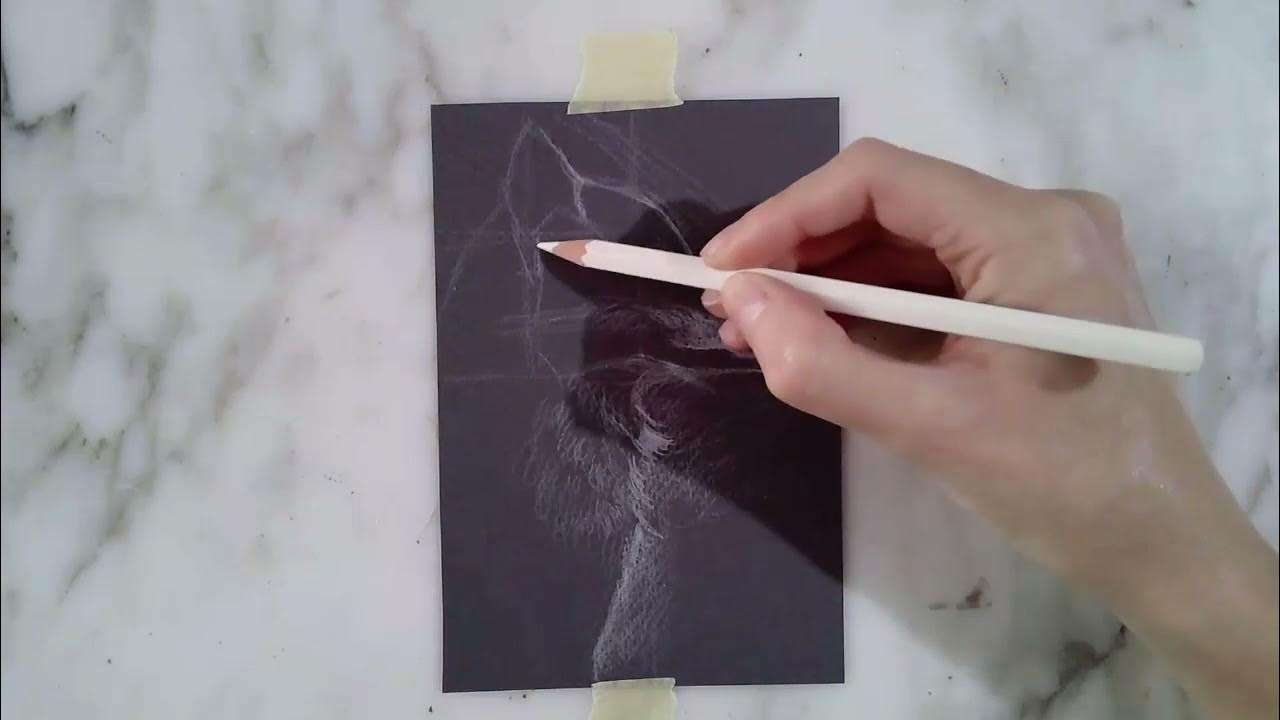How I learned to draw anime faces in 30 days ( + XP-PEN GIVEAWAY )
Summary
TLDRIn this engaging video, the artist embarks on a 30-day challenge to master anime art, sharing insights on facial structures, proportions, and avoiding the Uncanny Valley effect. With the support of XP pen's tablet, the artist explores the balance between visual appeal and structural accuracy in anime drawing. The video also features a giveaway, inviting viewers to participate in a 'draw this in your style' challenge for a chance to win an XP pen tablet.
Takeaways
- 😀 The speaker admits that drawing anime is harder than it seems and decides to challenge themselves by practicing more.
- 🎨 The video includes a sponsored segment for XP pen, who provided a 22-inch screen tablet for review and a giveaway.
- 🖌️ The speaker shares their first impressions of the XP pen tablet, highlighting its spacious screen, sleek design, and anti-glare matte film.
- 🔍 The importance of understanding anime facial structure and proportions is emphasized, with the speaker detailing their learning process.
- 📚 The speaker used Pinterest and art station to gather references of appealing anime faces for study.
- 📝 The process of tracing over anime faces to understand proportions and then redrawing them was part of the study strategy.
- 🤔 The speaker encountered the Uncanny Valley effect in their initial attempts and sought advice from a friend with experience in anime art.
- 👁️ The advice received emphasized the importance of facial feature placement for visual appeal over strict anatomical accuracy.
- 🎭 The speaker learned to think in terms of 2D shapes rather than 3D structure for anime art to avoid overworking the piece.
- 🎨 The video concludes with the speaker successfully completing anime pieces, applying the knowledge and techniques learned.
- 🎁 The video ends with a giveaway announcement for an XP pen tablet and a smaller screenless tablet, with details on how to enter.
Q & A
What was the main challenge the artist faced when trying to draw anime?
-The main challenge the artist faced was understanding the structure of anime faces, the proportions, and how to avoid giving their drawings the Uncanny Valley effect.
What did the artist decide to do to improve their anime drawing skills?
-The artist decided to challenge themselves by doing more anime drawings and studying the style, focusing on facial structure, proportions, and painting techniques to finish anime paintings.
What advice did the artist's friend, who specializes in anime art, provide?
-The friend advised focusing on visual appeal first and justifying it with structure later, keeping the face flat to avoid the Uncanny Valley effect, and making proportional adjustments specific to anime style.
What tool did the artist use to gather references for their anime studies?
-The artist used Pinterest and ArtStation to put together a reference board of appealing anime faces they wanted to replicate.
How did the artist approach the initial study of anime facial structure?
-The artist started by tracing over references to map out basic forms and noticing particularities about proportions, then tried to redraw realistic people into anime characters based on references.
What was the issue with the artist's first attempt at an anime painting?
-The issue was that the painting had the Uncanny Valley effect and the artist didn't know how to paint anime noses correctly, leading to an overworked and unsatisfactory result.
What is the significance of the anti-glare matte film on the XP-Pen tablet mentioned in the script?
-The anti-glare matte film is significant because it helps in seeing the colors and values accurately without the interference of external light sources, which is beneficial for digital artists.
How did the artist change their approach after receiving advice from their friend?
-The artist started thinking in terms of 2D shapes rather than 3D structure, focusing on visual appeal and exaggerating facial features and proportions as seen in anime.
What was the character chosen for the artist's final successful anime piece?
-The character chosen was Black Swan, inspired by a cool cutscene and her interaction with a creature called unto death.
What giveaway was mentioned at the end of the script, and how can one enter?
-A tablet giveaway was mentioned, including an XP-Pen 22 plus and a Deco LW. To enter, participants need to draw a specific character in any pose and lighting, using a provided hashtag and tagging the artist, with a deadline of August 31st.
What criteria will the artist use to judge the giveaway entries?
-The artist will judge the entries based on creativity, acting, and overall visual appeal.
Outlines

This section is available to paid users only. Please upgrade to access this part.
Upgrade NowMindmap

This section is available to paid users only. Please upgrade to access this part.
Upgrade NowKeywords

This section is available to paid users only. Please upgrade to access this part.
Upgrade NowHighlights

This section is available to paid users only. Please upgrade to access this part.
Upgrade NowTranscripts

This section is available to paid users only. Please upgrade to access this part.
Upgrade NowBrowse More Related Video
5.0 / 5 (0 votes)





